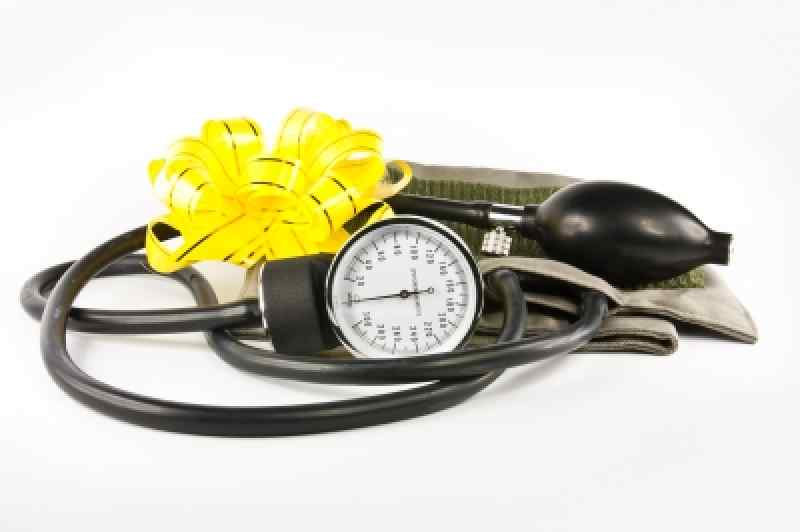Submitted by administrator on
Most people at risk for developing glaucoma due to high eye pressure do not need treatment, at least in the early stages.
These are the findings of a large, large, multicenter study, and they could be just the beginning of a new approach to Ocular Hypertension research and treatment.
The study, which ran from 1994 until 2009, featured participants ages 40-80 who had elevated eye pressure but no evidence of glaucoma. For the first seven years, half of the subjects received eye drops. The other half were closely monitored but received no medication. That first phase of the study determined that drops could reduce the development of the potentially blinding disease by more than 50 percent.
After the first phase of the study, researchers put everyone on eye drops, and now they have determined that in patients at lower risk, there wasn’t much difference between those who started using eye drops in 1994 and the original control group, who didn’t get drops until over seven years later.
Among those at low risk, 7 percent in the early treatment group developed glaucoma. Only 8 percent of the low-risk patients in the delayed treatment group went on to develop the disease. By contrast, 28 percent of high-risk patients in the original treatment group went on to develop glaucoma, compared to 40 percent of the high-risk patients in the delayed treatment group. Fortunately, most people with modest elevations in eye pressure fall into the low-risk group.

